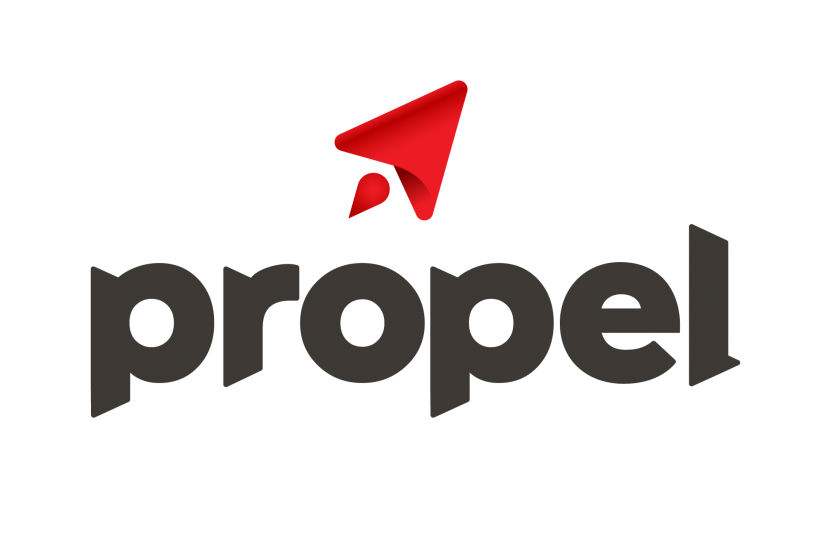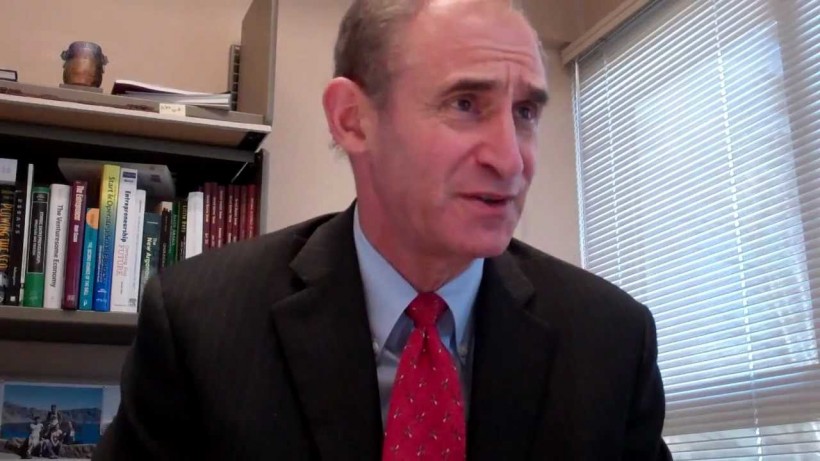When the University of New Brunswick hosts its Future of Innovation conference on Saturday in Fredericton, one of the highlights will be Daniel Isenberg speaking on his Scalerator program.
In particular, he’ll be able to give a recap of Scale Up Atlantic Canada, the program he oversaw last winter that helped about 10 Atlantic Canadian ventures increase their sales dramatically.
The UNB Technology, Management and Entrepreneurship group teamed up with Babson College of Boston to offer the program for the last winter, and it is considering holding a second cohort. The data shows the benefits.
“The cohort’s sales grew in just under 12 months by just under $11 million, or about 15 to 16 percent growth,” said Isenberg, speaking as he drove from Boston to Fredericton for the Future of Innovation conference.
He said the businesses added 116 new jobs as they went through the one-year program.
For decades, Babson has been named the top school in the U.S. for teaching entrepreneurship, and Isenberg has become its expert in scaling companies, with his trademarked program Scalerator as the basic curriculum. The cohort at UNB was the first time Scalerator was offered in Canada.
“There’s not a program in the world like it,” said Isenberg. “No. 1, we drill them on the basics, and No. 2, we have a huge emphasis on quick wins. Because it’s with quick wins that you get into the virtuous cycles.” These, he said, involve building momentum that projects an aura of success with staff, customers and stakeholders.
The program’s foundation is what Isenberg calls the three C’s – Customers, Capacity and Cash. He went into depth on each subject in the interview:
Customers: Most programs encourage entrepreneurs to go out and find new customers. Isenberg is fine with that, but these can prove to be the most expensive customers to attract. It’s better, he said, to draw more money from existing customers, or even switch a rejection from a prospective client into an acceptance.
Capacity: Isenberg places a huge emphasis on getting the full team working at maximum capacity. That means the CEO may have to get rid of “toxic” employees, even if they personally are high performers. “It’s hard, because there’s always a reason that toxic employees are there,” he said.
Cash: Most entrepreneurs fret about raising capital or seeking investment, but Isenberg says it can be more important to do more with the cash the company already has. That means better cash flow management and cost controls, for example.
He added that once a company improves its performance, it’s vital that it communicate the success to employees, customers, bankers and other stakeholders. It could be something as mundane as expanding warehousing by 10,000 square feet, he said, but that expansion is a sign of success and should be part of a methodical series of good news stories.
Isenberg said experience with other cohorts has shown that the increases in revenue continue for at least two or three years after the program ends. He is now talking to UNB TME about whether the program will be offered again next year, but he hopes the program is repeated and once again attracts companies from several different sectors.
“We’ve been doing this thing for 10 years now,” he said. “We’ve found the benefits of people talking across sectors outweighs the benefits of people talking within their own sector. It’s a kind of cross-pollination.”
The Future of Innovation conference will be held Saturday at UNB. You can register here.
Disclosure: UNB is a client of Entrevestor.










